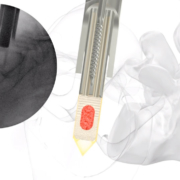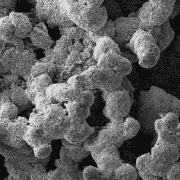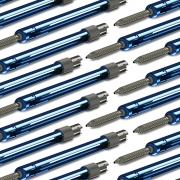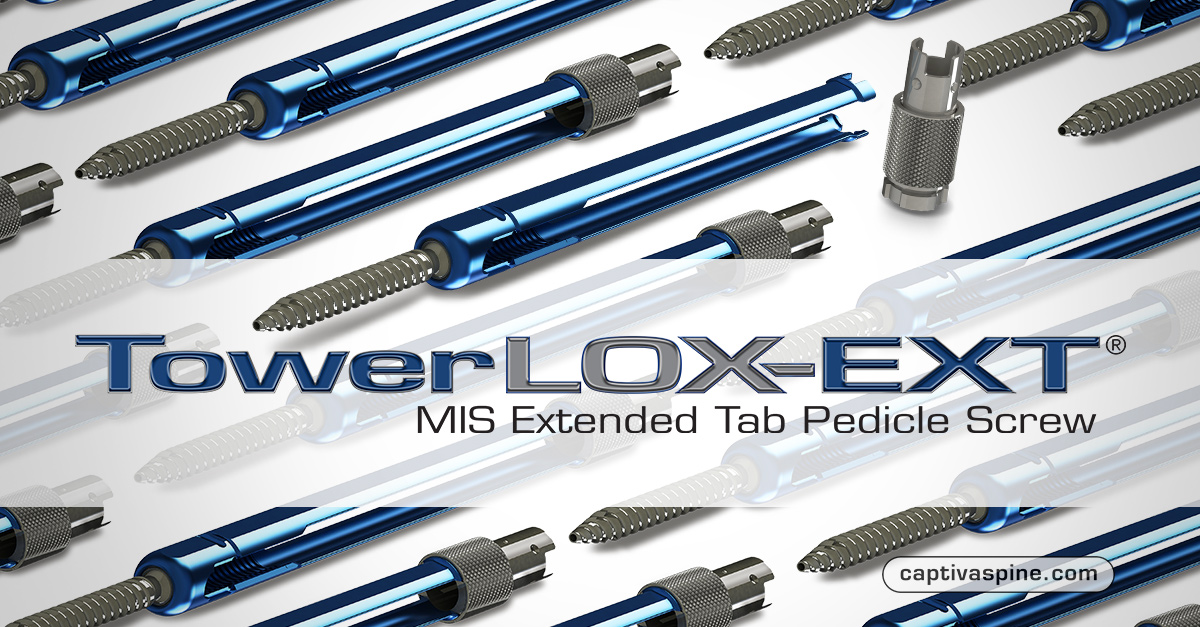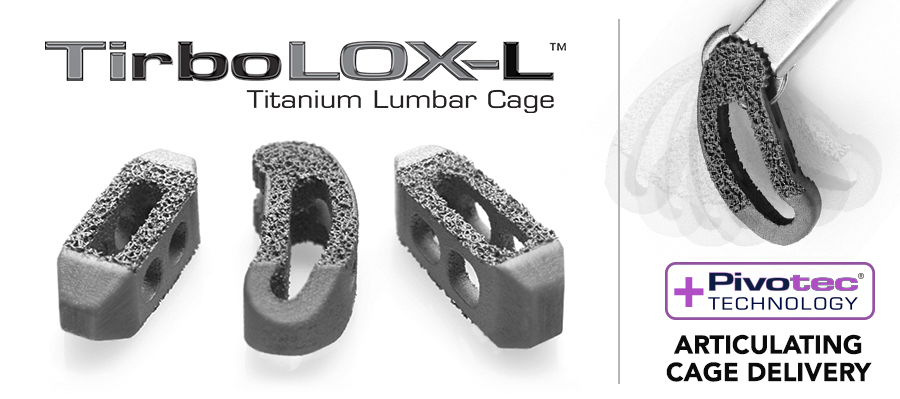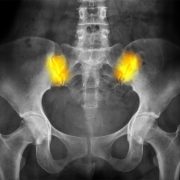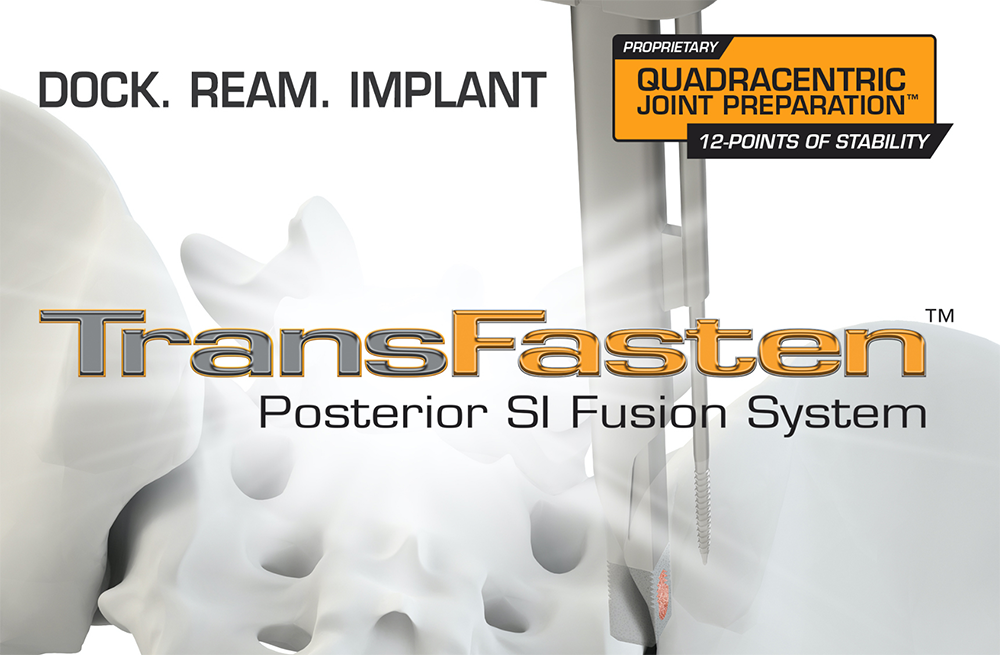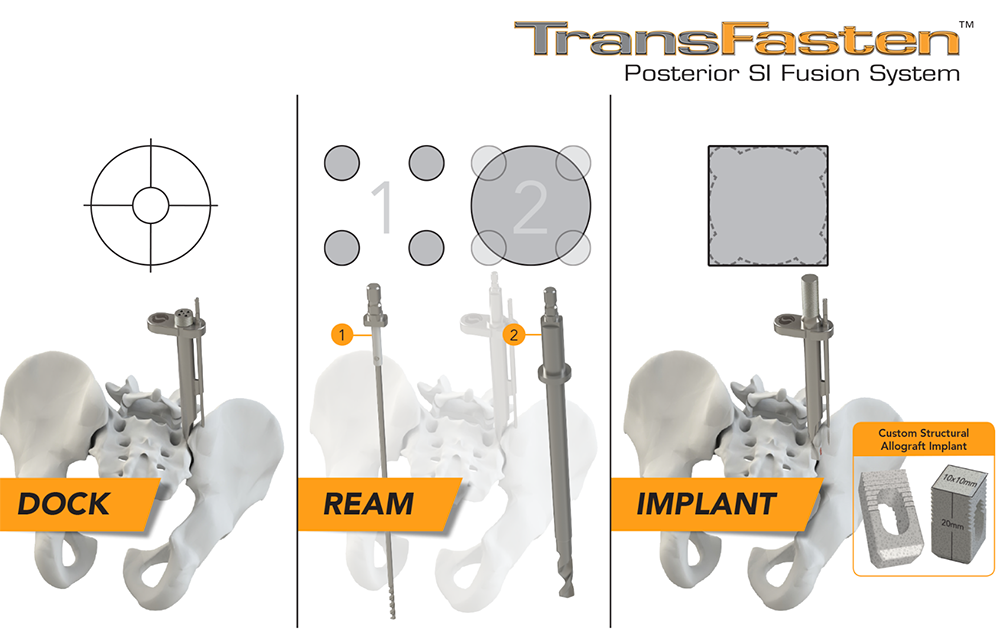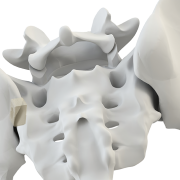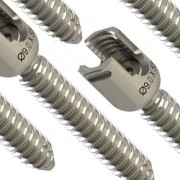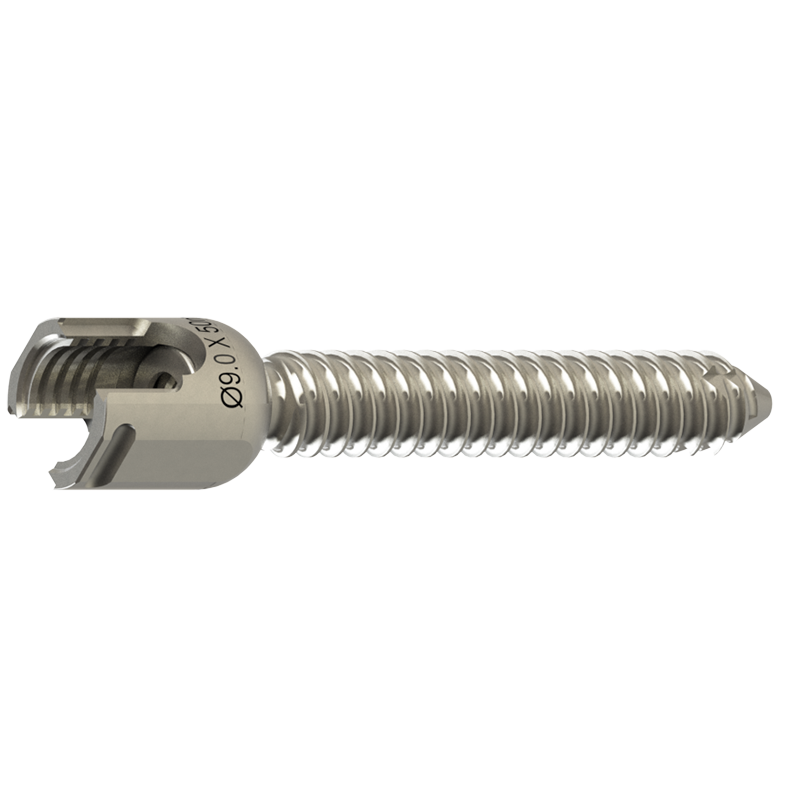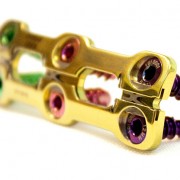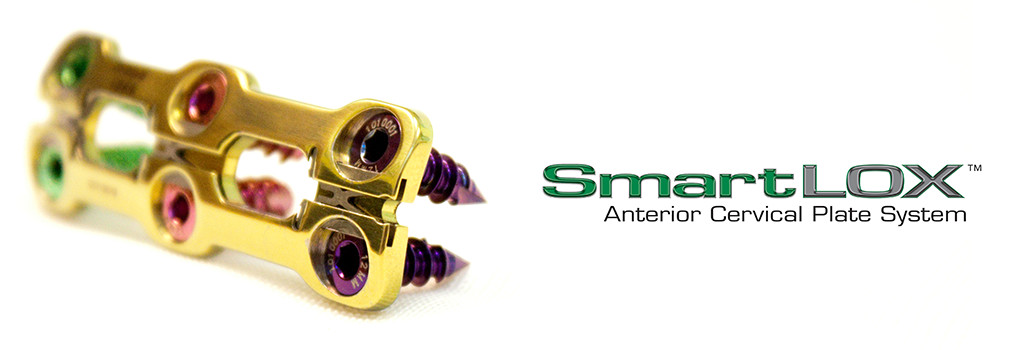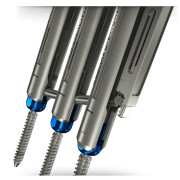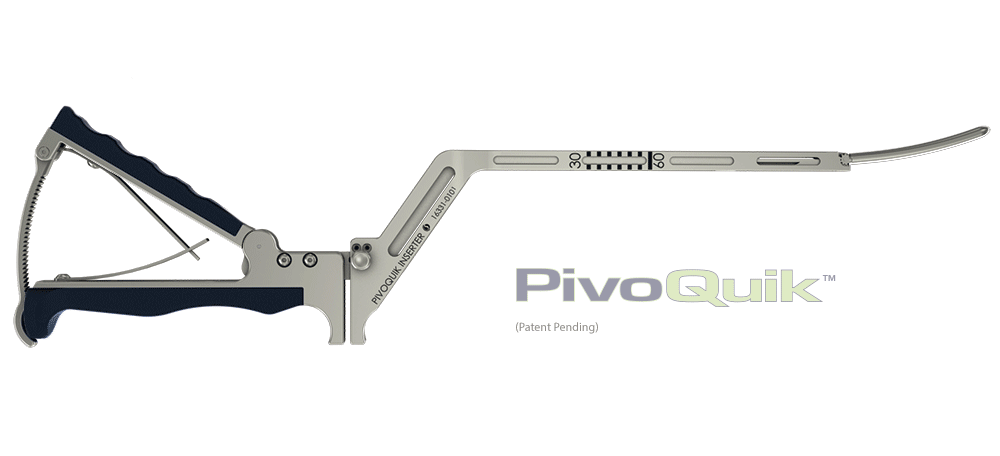
UDI Introduction
You may or may not be aware, as of September 24, 2016 the FDA is requiring a unique numeric or alphanumeric code (Unique Device Identification or UDI) on all labels and packaging for Captiva Spine’s implants. UDI applies to all U.S. industry implantable devices and we intend to make this transition as efficient as possible.
The goal is to establish a system to identify medical devices through their distribution and use, via the entire supply chain to point of use with patients. We have been developing a process over the past few months to achieve this goal in an unobtrusive way to your work flow.
We will share this process with you over the upcoming months to help track these new identifier’s and allow for any questions you have of this new process. In the meantime, we wanted you to have a better understanding of UDI, so we have outlined information below to get the ball rolling.
Thank you for your continued support of Captiva Spine and we continue to be grateful for any opportunity to support your business.
- What is UDI?
- UDI General Rule
- Why are we doing it?
- Benefits of Unique Device Identification
- Conclusion
1. What is UDI?
A UDI is a unique numeric or alphanumeric code, which acts as a key to certain basic identifying information about a device, such as the name of the manufacturer and the type of device, and may represent certain other information about the device, such as its expiration date and batch or lot number.
- Identifier/code on device label and packaging (and, in some cases, on the device itself) Two parts:
- UDI = DI+PI * Device Identifier (DI) (static) – specific to a device version or model
- Production Identifier(s) (PI) (dynamic) – one or more currently used control/production identifiers that is lot/batch number, serial number, manufacturing date, expiration date
- If on the label – then needs to be part of the PI’s
- Not requiring any changes to currently used PI’s
2. UDI General Rule
- The label* of EVERY medical device (including all IVD’s) must have a UDI.
- EVERY device package (contains a fixed quantity of a version or model) must have a UDI.
- Any other approach is an exception to or alternative from these requirements.
3. Why are we doing it?
In keeping with the purpose and intent of the UDI rule, FDA reiterated that
“the goal is to establish a system for the adequate identification of medical devices through their distribution and use, via the entire supply chain to point of use with patients.”
FDA also stated that the direct mark requirement for implants in the proposed was not included in the final rule
“… because it was presumed that implants would be accompanied by their unique device identifier (UDI) label or package with UDI label up to the point of implantation.”
Healthcare providers have a lot to gain by jumping aboard the UDI train. By standardizing and cleansing source data, they can:
- gain deeper insight into their spend,
- prevent pricing and/or unit-of-measure errors,
- level pricing across departments and facilities, and
- aggregate spend throughout the supply chain.
4. Benefits of Unique Device Identification
When fully implemented, the UDI system may:
- Allow more accurate reporting, reviewing and analyzing of adverse event reports so that problem devices can be identified and corrected more quickly.
- Reduce medical errors by enabling healthcare professionals and others to more rapidly and precisely identify a device and obtain important information concerning the characteristics of the device.
- Enhance the FDA’s analysis of devices on the market by providing a standard and clear way to document device use in electronic health records, clinical information systems, claim data sources and registries. A more robust post-market surveillance system can also be leveraged to support premarket approval or clearance of new devices and new uses of currently marketed devices.
- Provide a standardized identifier that will allow manufacturers, distributors and healthcare facilities to more effectively manage medical device recalls.
- Provide a foundation for a global, secure distribution chain, helping to address counterfeiting and diversion and prepare for medical emergencies.
- Lead to the development of a medical device identification system that is recognized around the world.
5. Conclusion
UDI can fundamentally change and improve the way we all interact with medical devices. It can improve the way we order, purchase, securely distribute and safely and effectively use these devices. It will also inform cost and quality decisions.
But more importantly, it can vastly improve our understanding of devices, through a variety of focused and effective PMS activities, including longitudinal studies. This will allow for better understanding of the long-term safety and effectiveness of specific devices, their overall risk profile, and the use of devices in specific patient populations. And when problems do arise, we will be able to quickly identify and communicate with the affected patients in ways that simply don’t currently exist.
But all of this requires change. It requires device manufacturers to appropriately apply and use UDI on their device(s) and it requires everyone else involved in any aspect of device distribution and use, to adopt and implement systems to manage devices at their UDI level. And we believe that creative people will do all sorts of interesting and useful things based on a device’s UDI. But this will take significant time and resources to do.
However the end goal is well worth it. Just as we can’t even imagine a grocery store today without UPCs and scanners, we will have a hard time remembering the device world before UDI.
______
If you have any specific questions about UDI, any of our products or just want to give us feedback, please contact customer service directly at 561-277-9480.
______
* This is not original content. These are snippets of the guidelines that have been outlined by the FDA.

